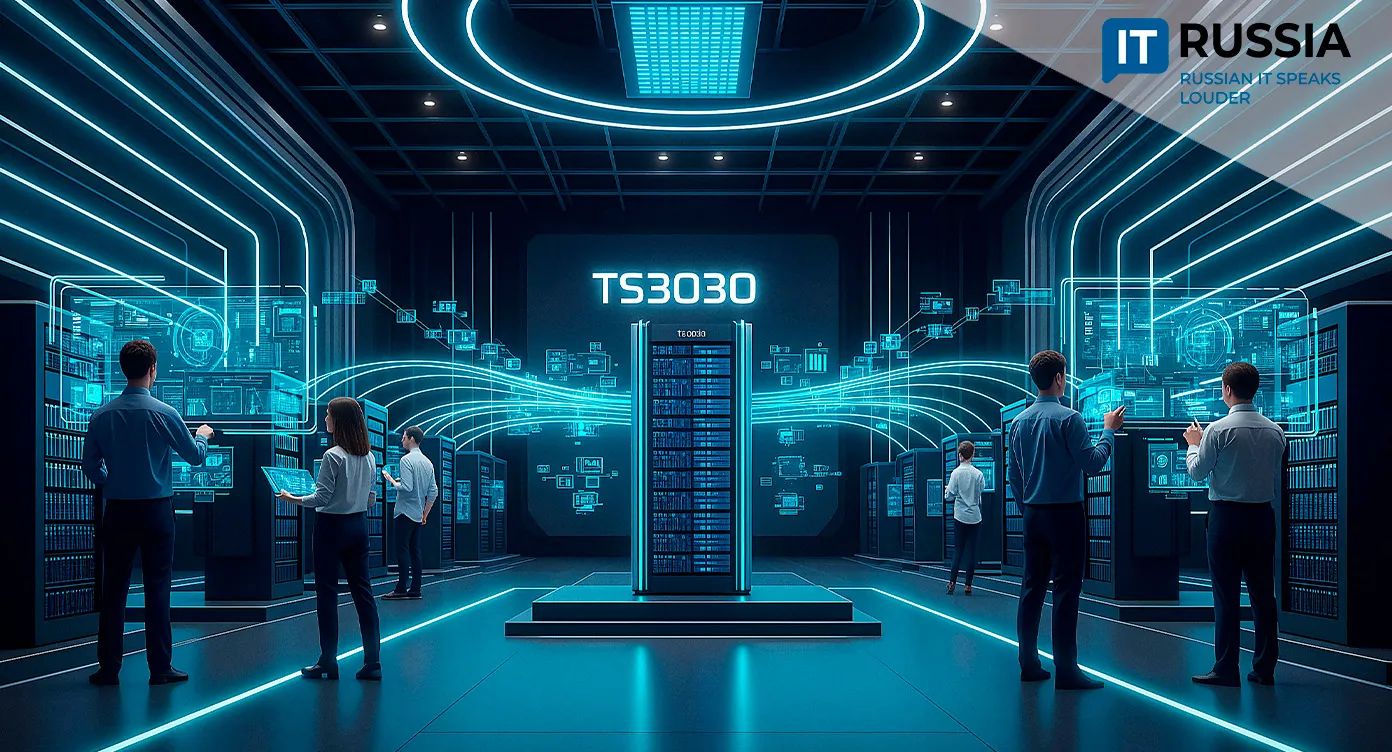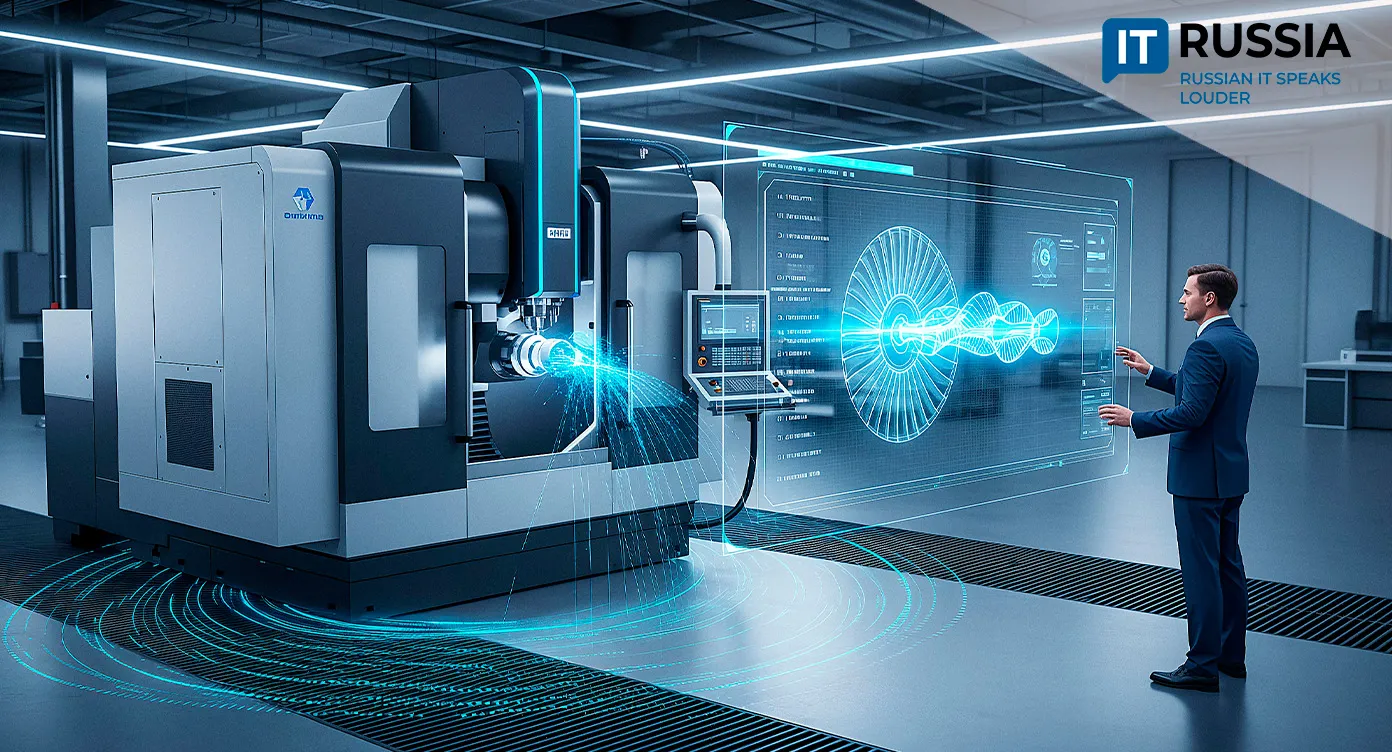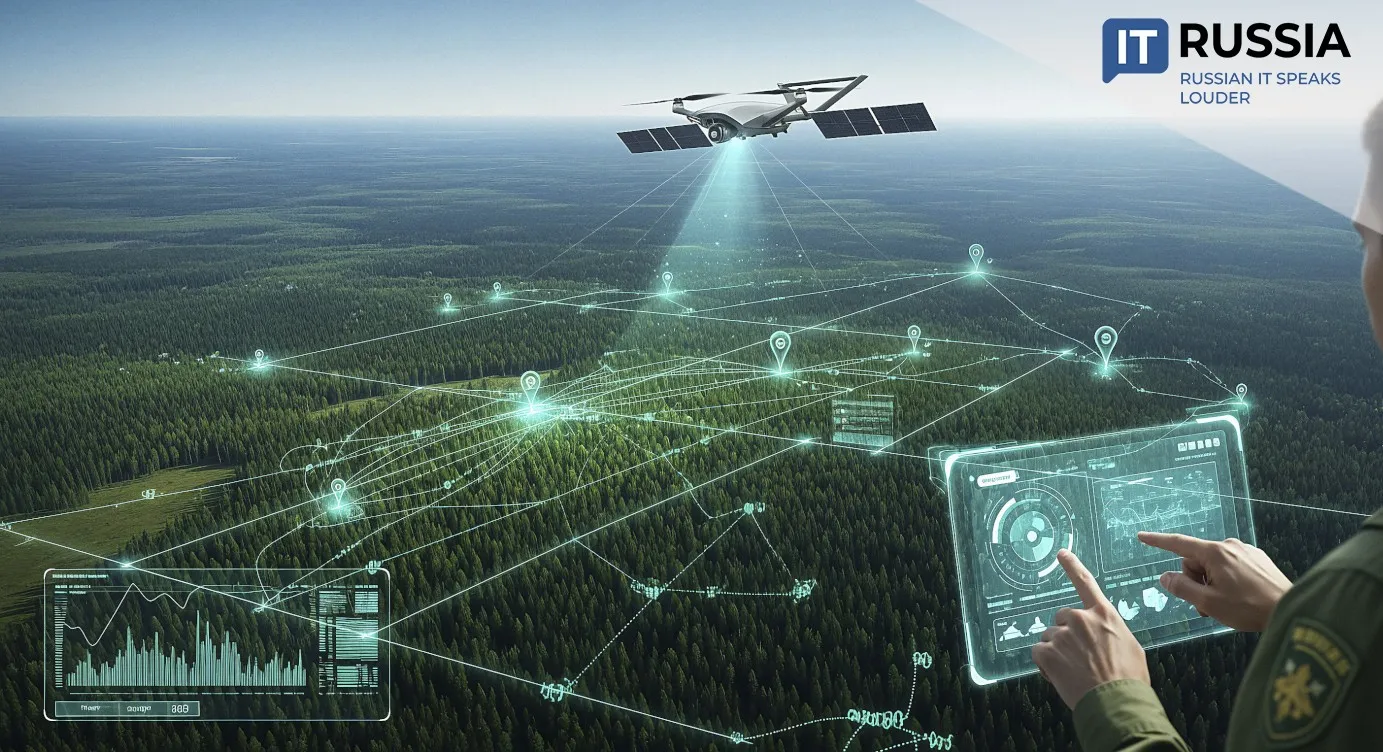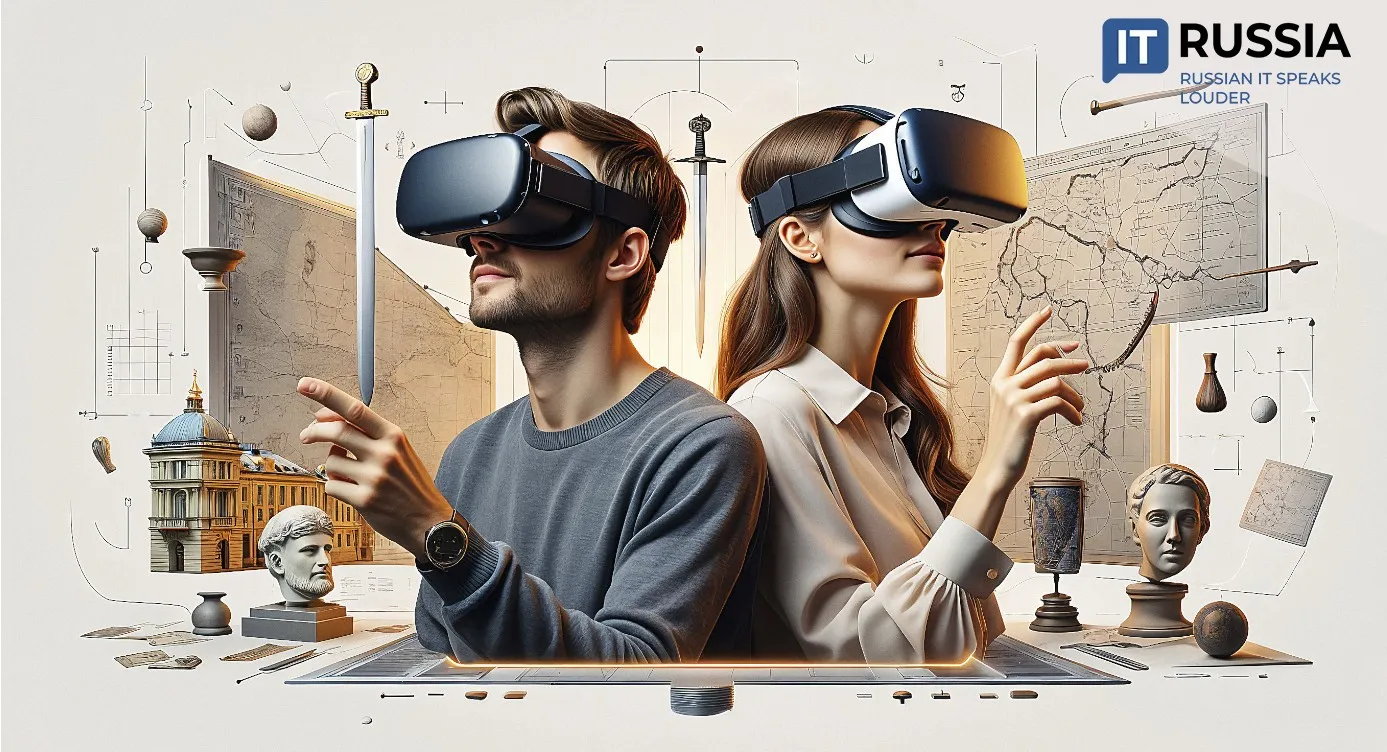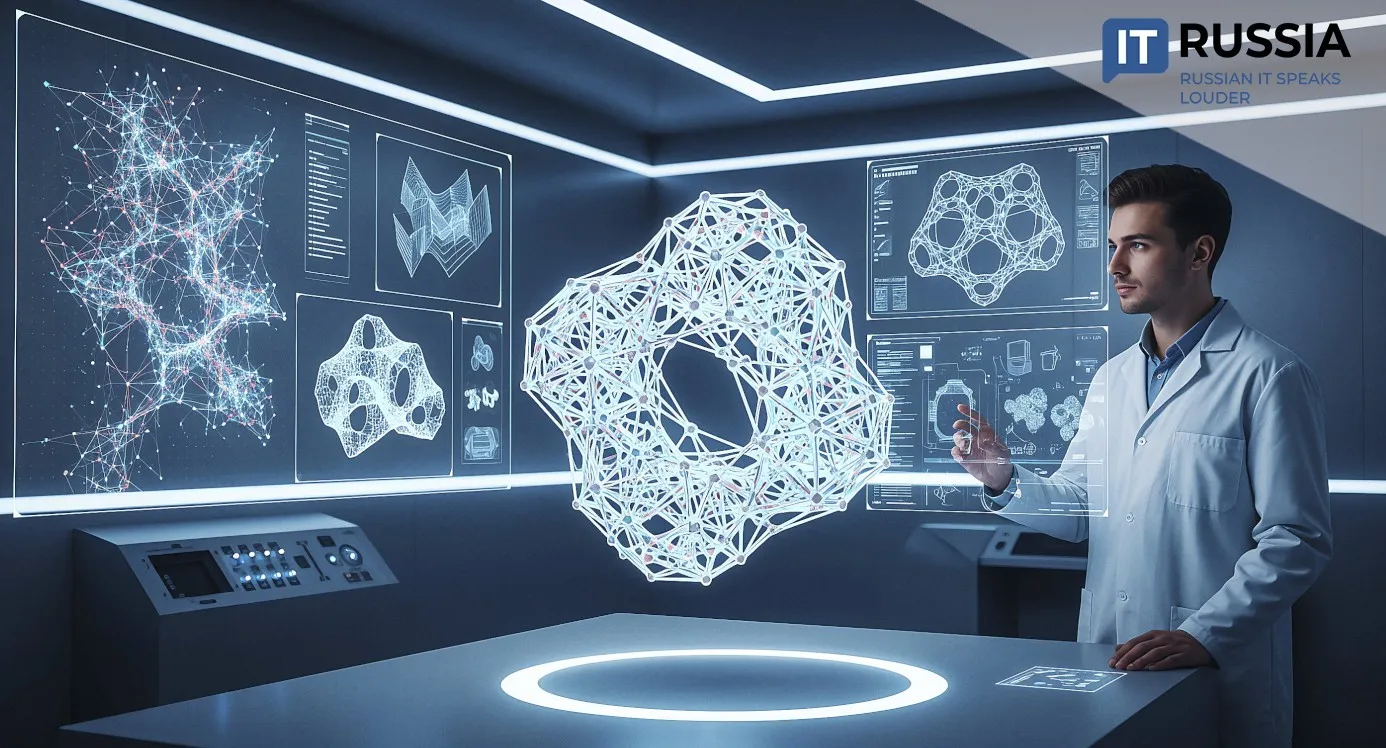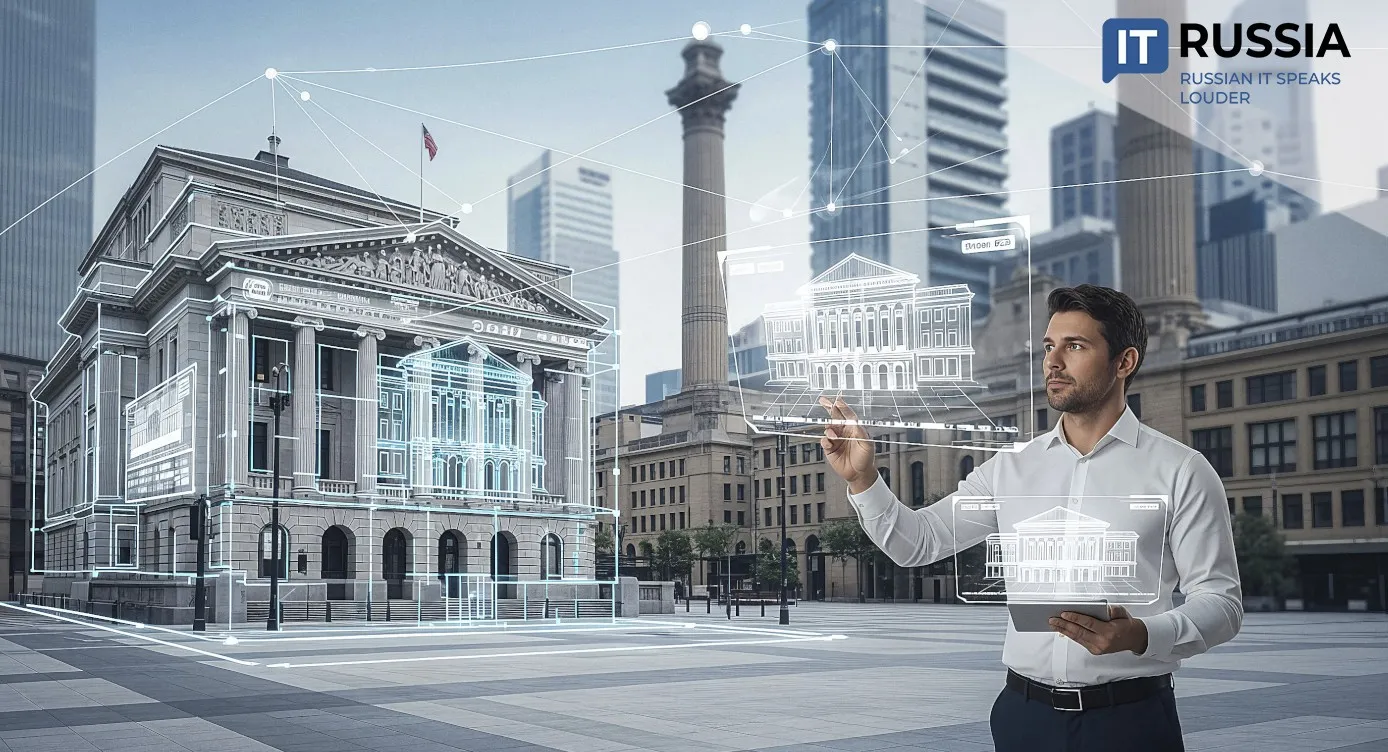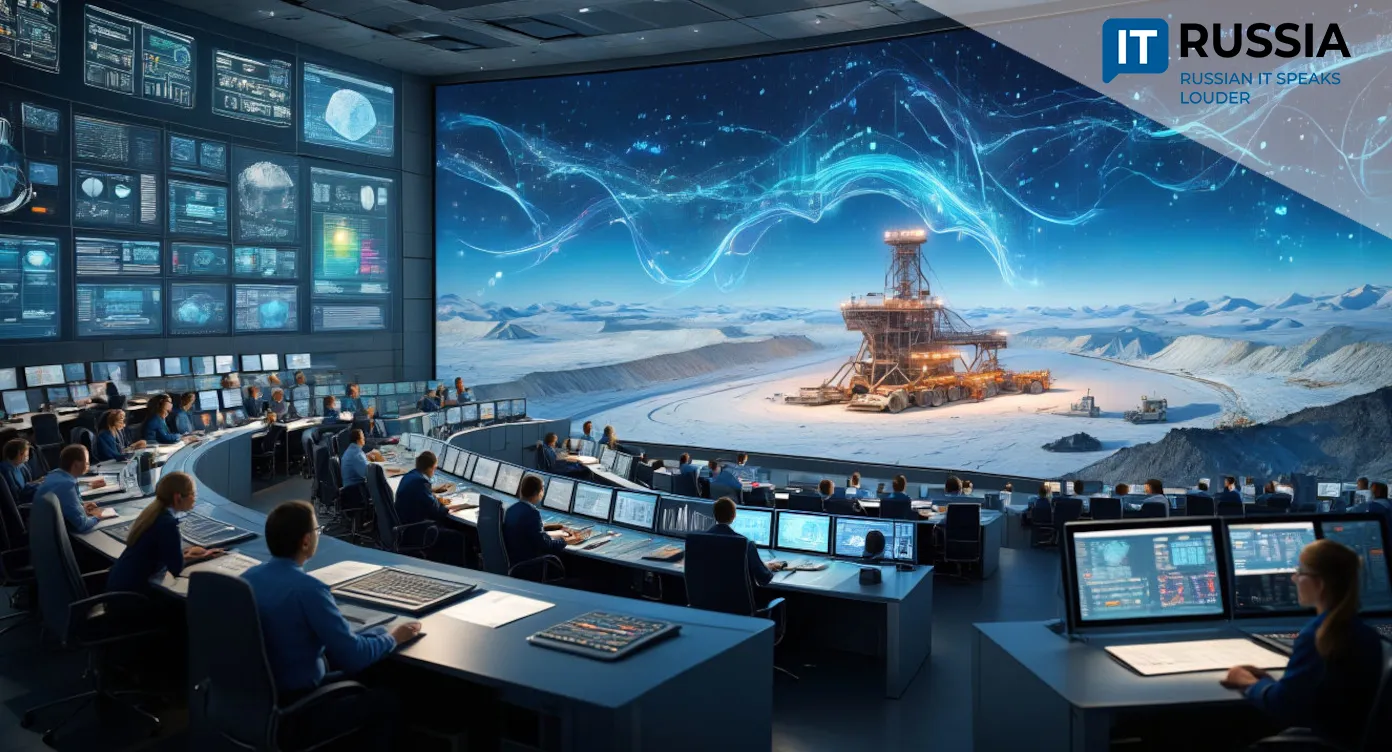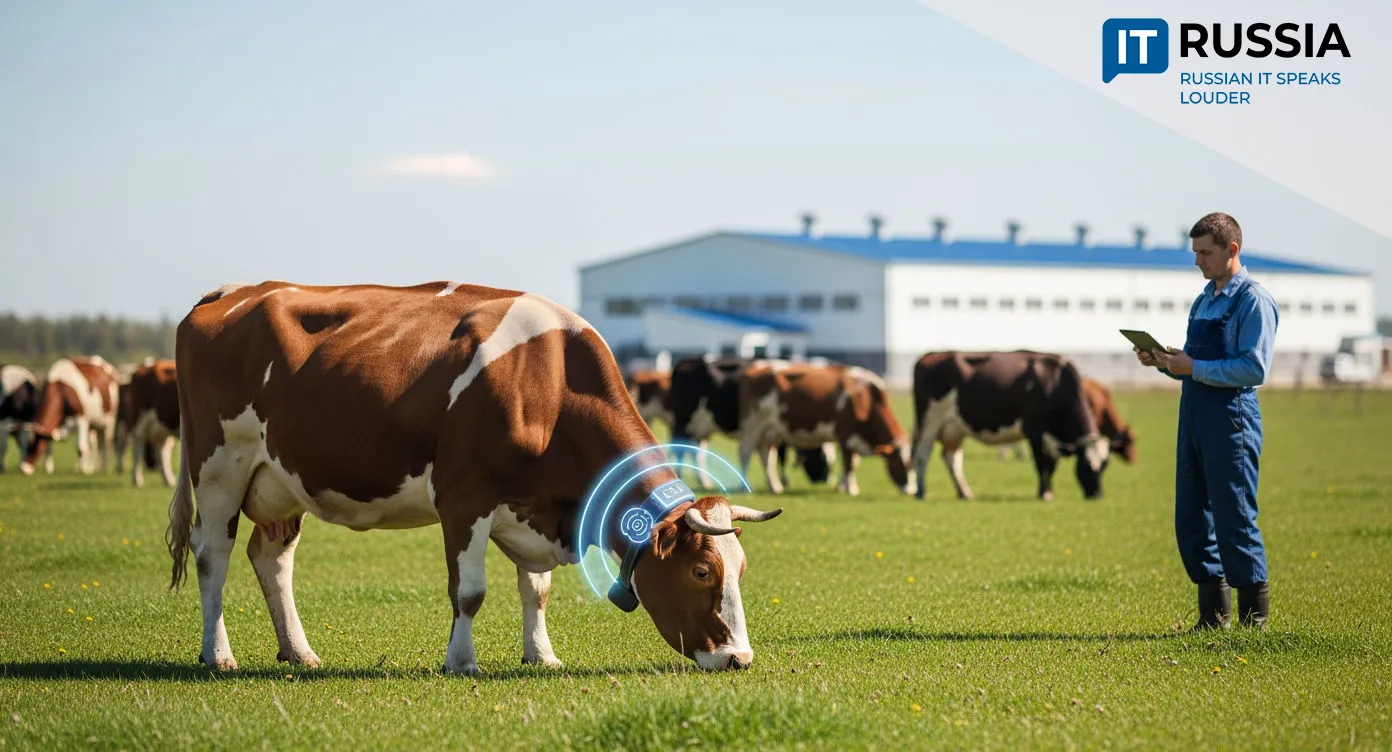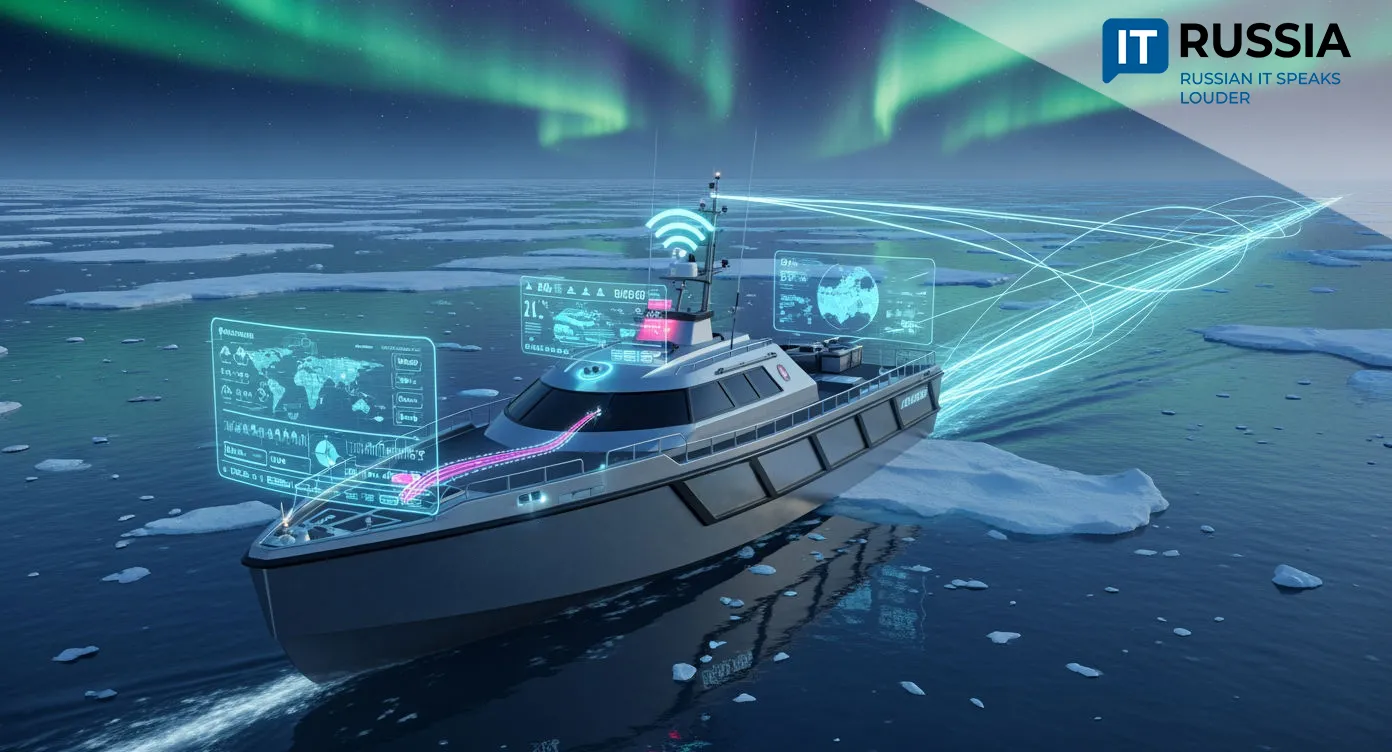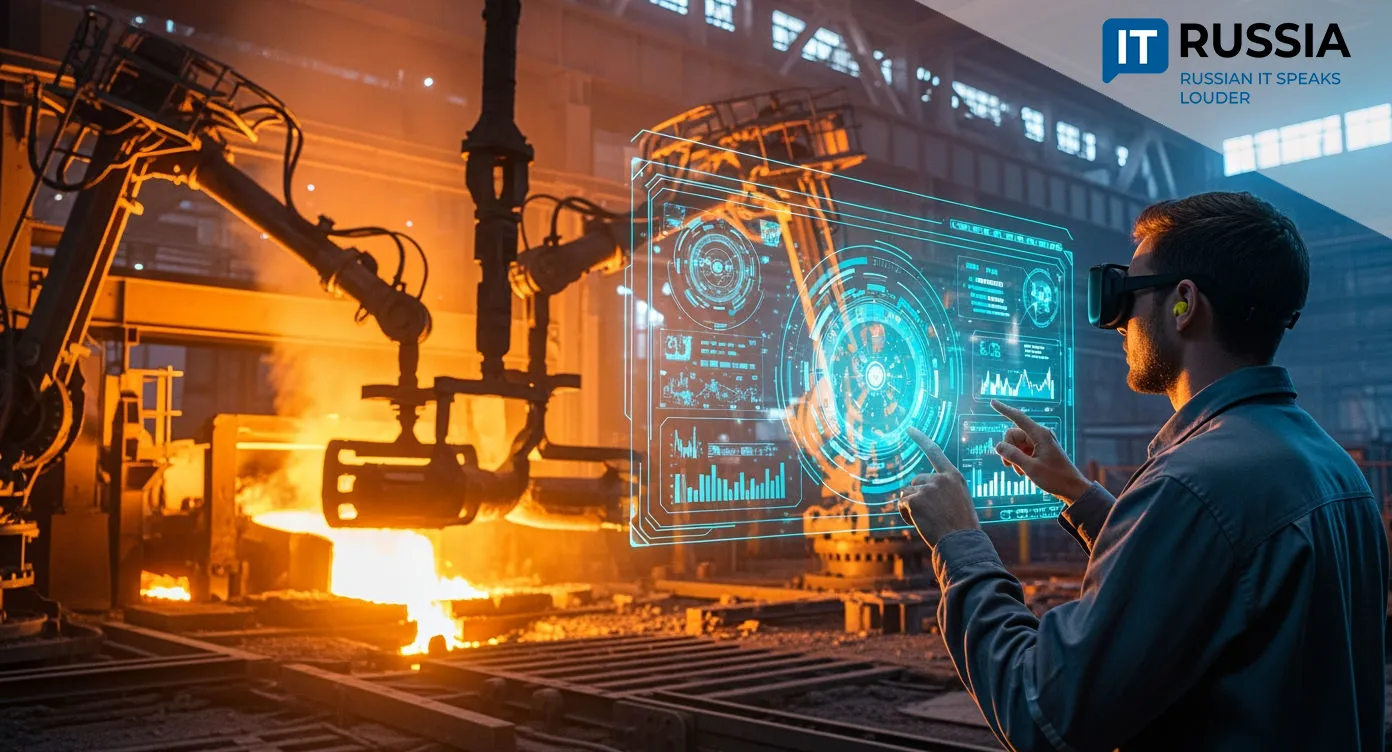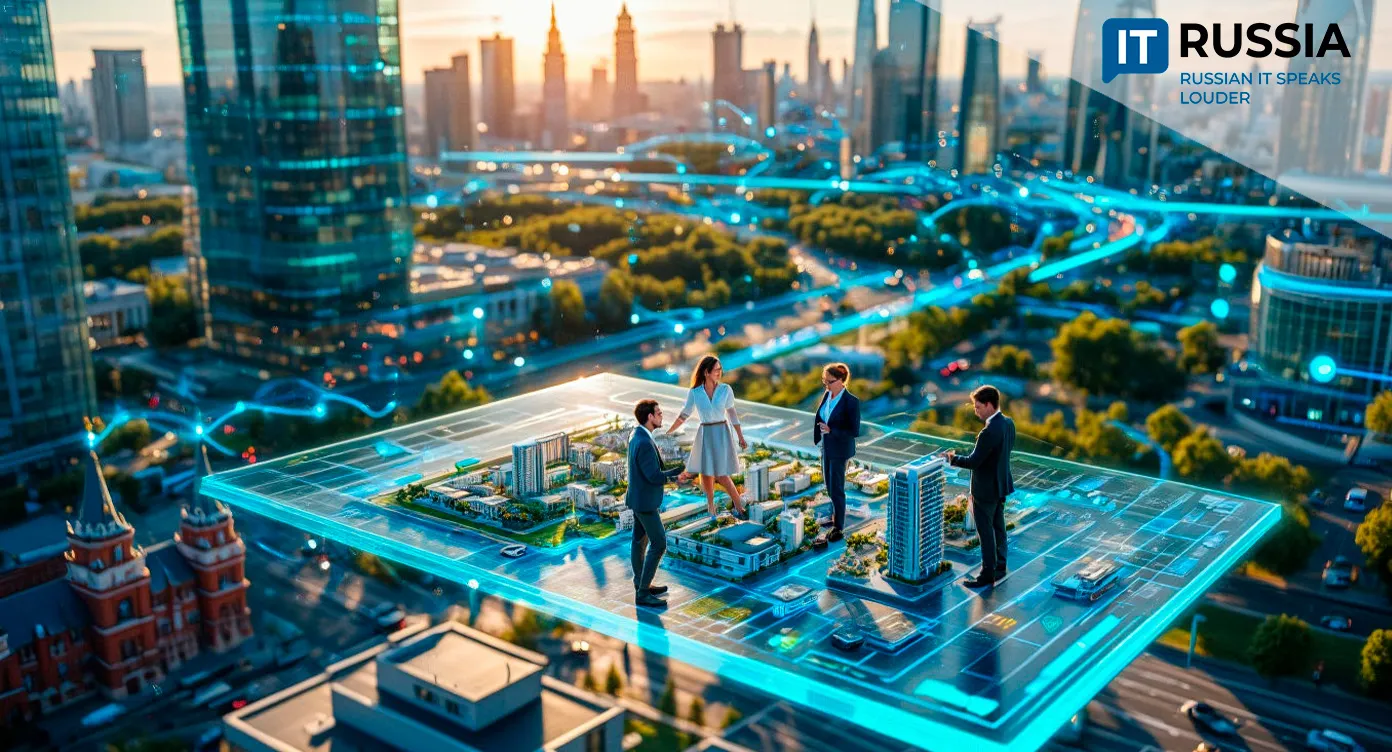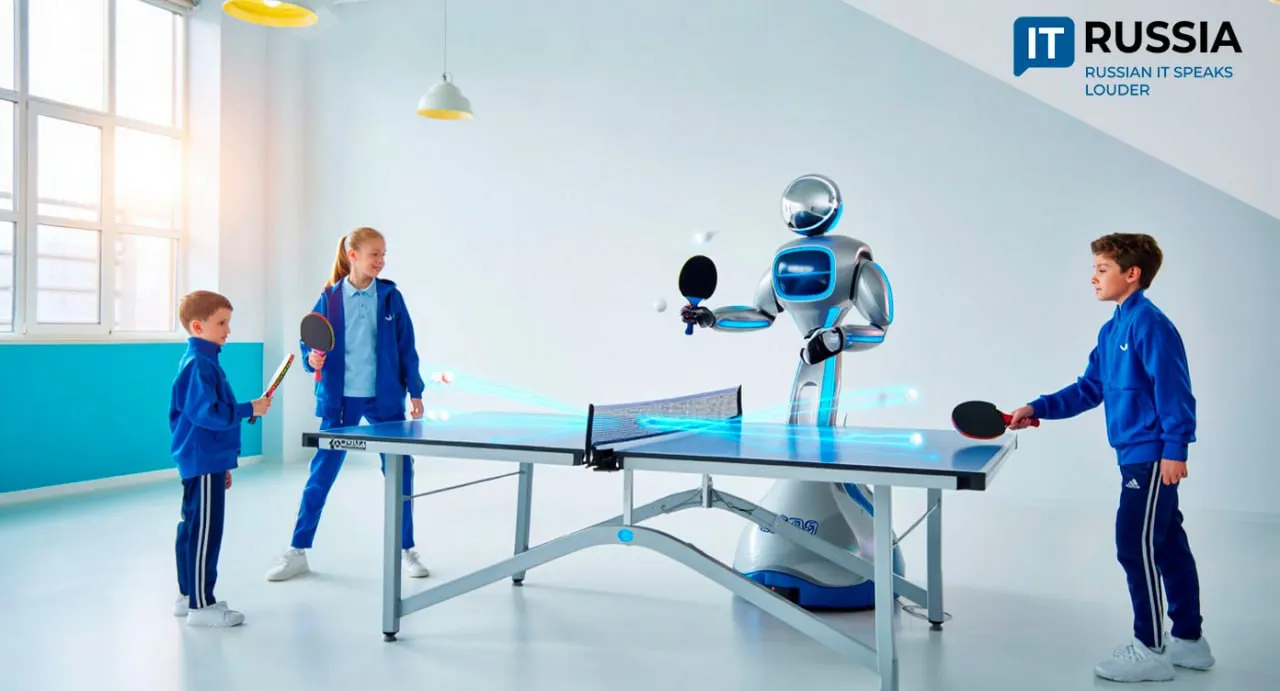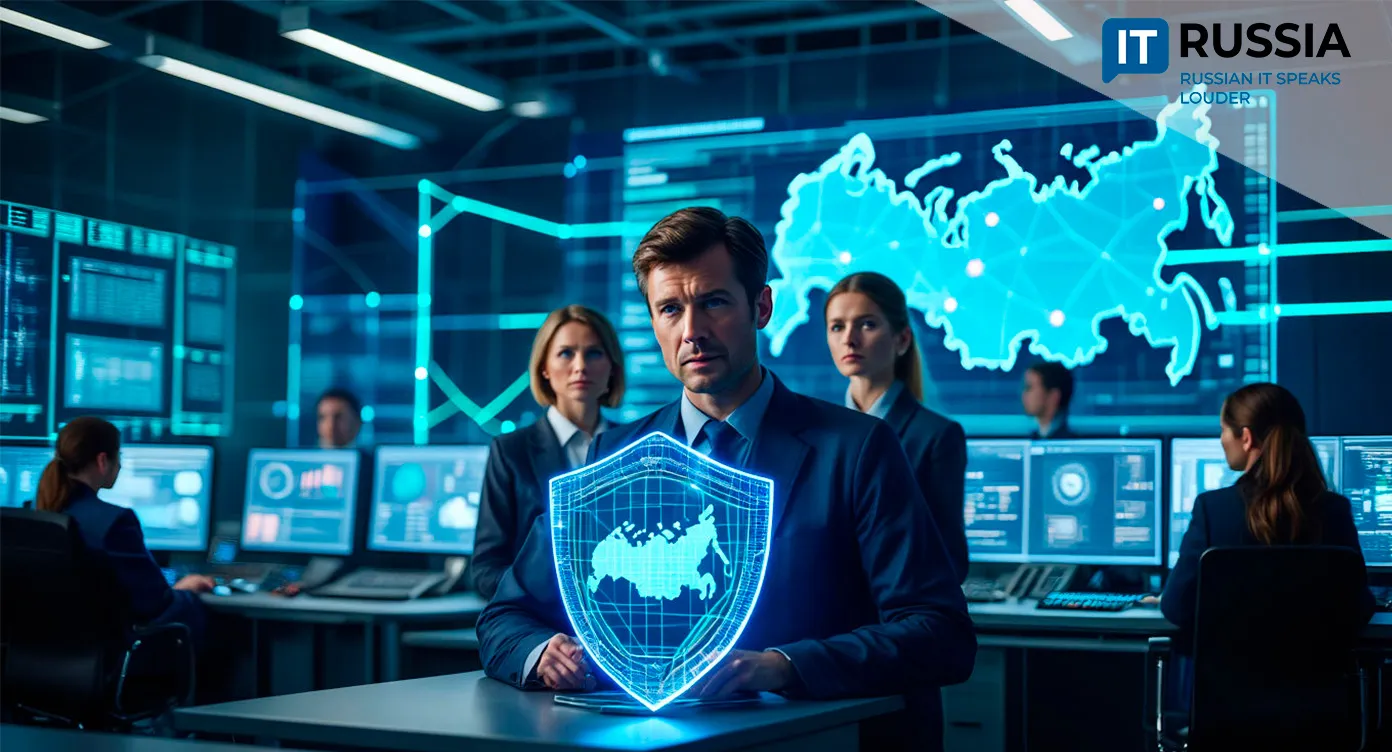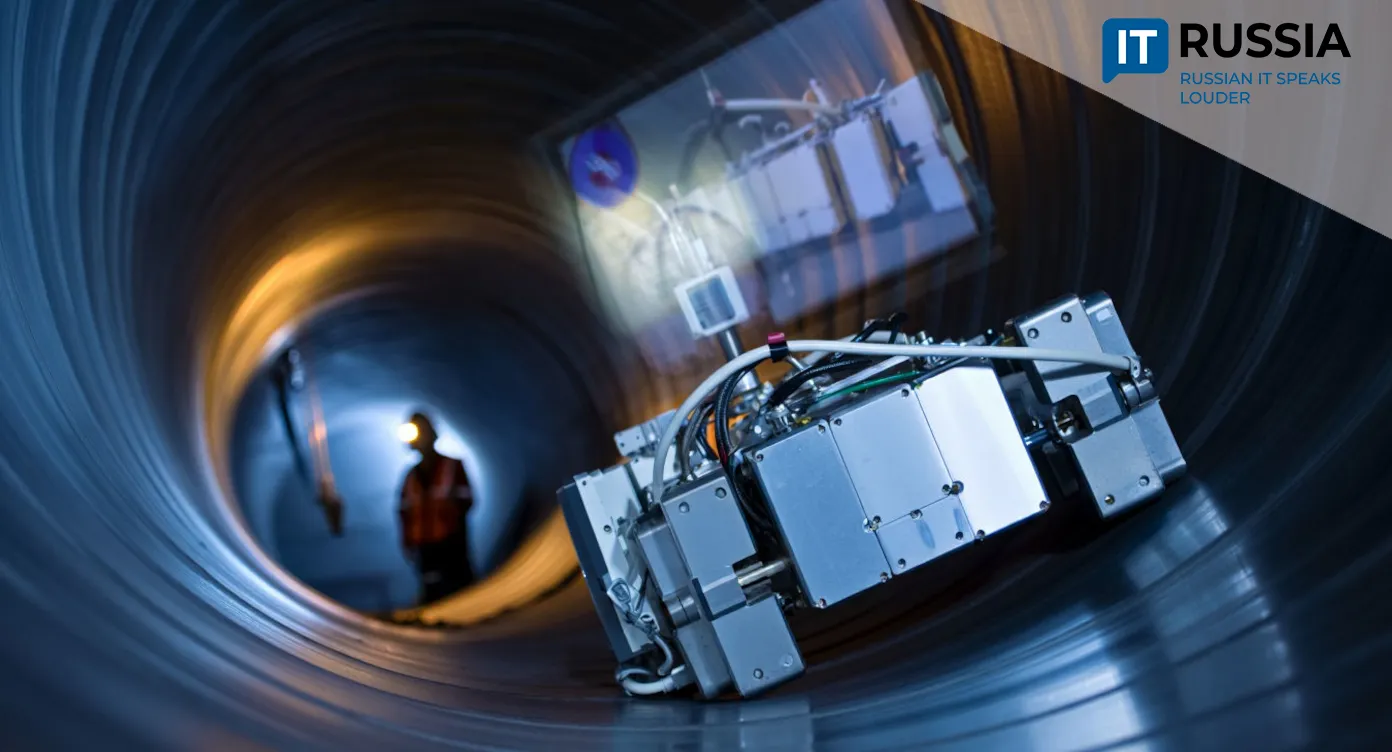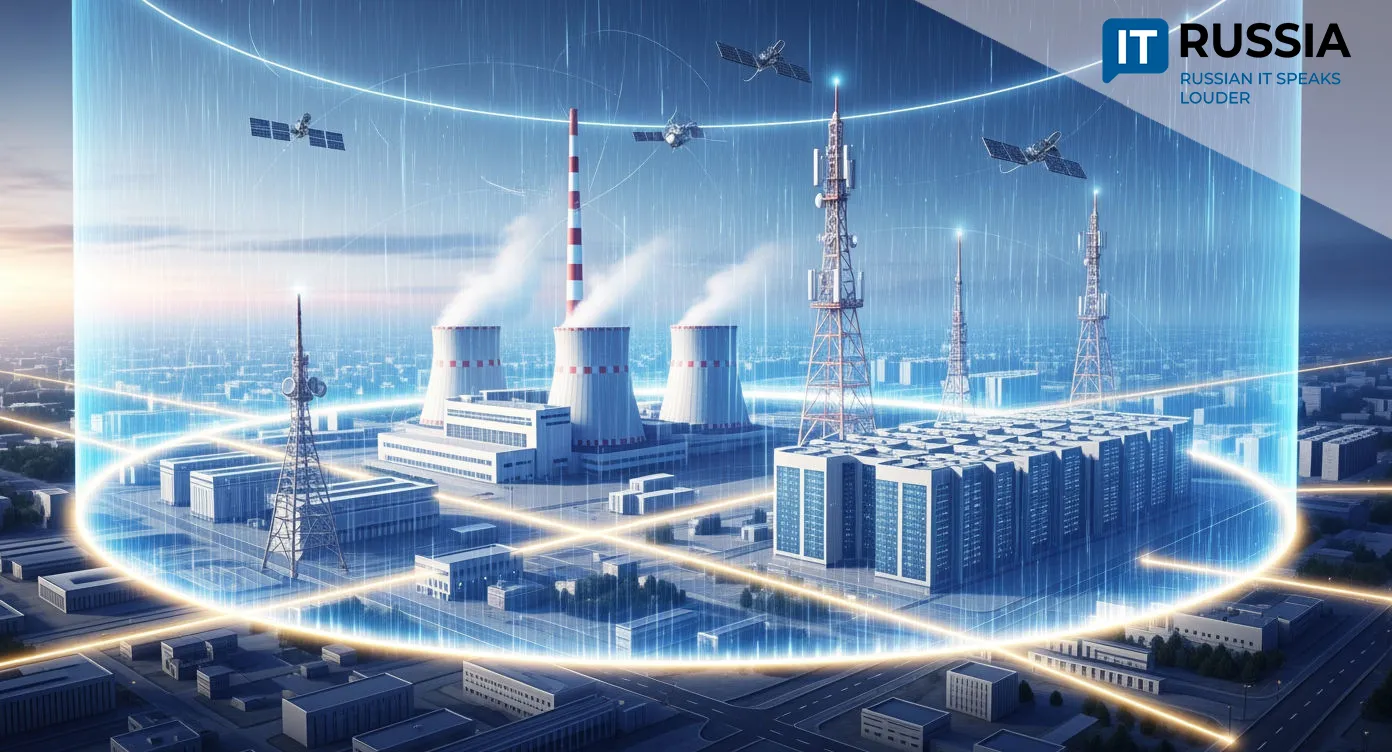Making the Impossible Possible: How Russian VFX Studios Are Building a New Cinematic Reality

Visual effects are no longer just a technical add-on — they are the language of modern cinema. And Russia’s VFX industry has quietly evolved into a global powerhouse.
From Jurassic Park to Moscow Streets
When Terminator 2 and Jurassic Park were redefining Hollywood in the ‘90s, Russia’s computer graphics (CG) industry was still in its infancy. But the tables have started to turn. Today, Russian VFX studios are crafting blockbuster-quality visuals that rival global players — and they’re doing it with innovation, efficiency, and an increasingly global footprint.
One of the standout players is Main Road Post, a studio whose founder Arman Yakhin is a member of both the Visual Effects Society and the Academy of Motion Picture Arts and Sciences. The studio has earned global respect for its work on Russian blockbusters like Attraction, The Duelist, Stalingrad, and Major Grom: Plague Doctor, as well as international hits like Wanted (USA), The Seventh Son (USA), and Warriors of Future (Hong Kong).
For Attraction, the studio developed proprietary tools to build vast, customizable urban environments. Think: parameter-driven buildings with modifiable window shapes, floor counts, and architectural details — all rendered in CG. A traffic simulation engine ensured that every car responded to signals and nearby vehicles with uncanny realism.
By the time Invasion (the sequel to Attraction) was released, Main Road Post had pushed procedural city generation to the next level, recreating a near-exact digital replica of Moscow using real maps. The result: audiences could spot their own neighborhoods on-screen.
In an industry first for Russian cinema, Main Road Post also implemented dynamic muscle systems for more anatomically accurate character animation. For the alien character in Attraction, they abandoned motion capture entirely — all movement was hand-animated frame by frame for maximum expression and detail.
Perhaps their most subtle triumph: the IL-76 landing scene in Stalingrad. It looks real. It’s not. The entire sequence is CG — and viewers barely noticed.
That project caught the attention of the global VFX community. A behind-the-scenes reel showcasing their Stalingrad work went viral in the Houdini software community. Today, Main Road Post ranks among the top 100 most influential animation studios worldwide.

Meet the Tech Pioneers: CGF’s Nimble Advantage
Another major player in Russia’s VFX ecosystem is Computer Graphics Factory (CGF). This award-winning studio has three Golden Eagle awards (Russia’s answer to the Oscars) for Best Visual Effects under its belt and a client list that includes Mongol, Day Watch, The Inhabited Island, and Viking, among many others.
What sets CGF apart isn’t just the visuals — it’s the tech. The studio developed Nimble, a proprietary markerless facial capture system, used in everything from live-action films to VR content. They’ve also built ViewGA, an augmented reality tool for on-set scene previsualization, and PreviewGA, a virtual production system that lets directors pre-compose full CG scenes before cameras roll.
Their work has appeared in international projects like Apollo 18, Chronicle, and Abraham Lincoln: Vampire Hunter — demonstrating that Russian-made technology is already shaping the global visual effects landscape.

Virtual Production, Real Disruption
Then there’s XOVP (Extraordinary Virtual Production) — the team pushing Russian cinema into the virtual production era. Think LED walls, real-time rendering, and in-camera VFX. Their approach minimizes postproduction headaches by merging CG backgrounds and live-action elements on-set.
In the recent aerial combat drama Air, XOVP deployed 800 square meters of LED panels, full-scale aircraft models on gimbals, and Unreal Engine for photorealistic dogfights. The camera’s perspective was synced to 3D backgrounds in real time — allowing a single stage to mimic dozens of real-world locations. The results? Faster shoots, lower costs, and visuals that hold up on the big screen.
The Global Stage Awaits
Despite geopolitical headwinds, Russian VFX studios are proving their resilience — and relevance. Their tools are proprietary, their teams highly trained, and their output increasingly world-class.
Whether rendering an alien invasion over Moscow or simulating muscle fibers for a sci-fi villain, these teams aren’t just catching up with Hollywood. They’re setting new standards — and exporting innovation that others are beginning to notice.







